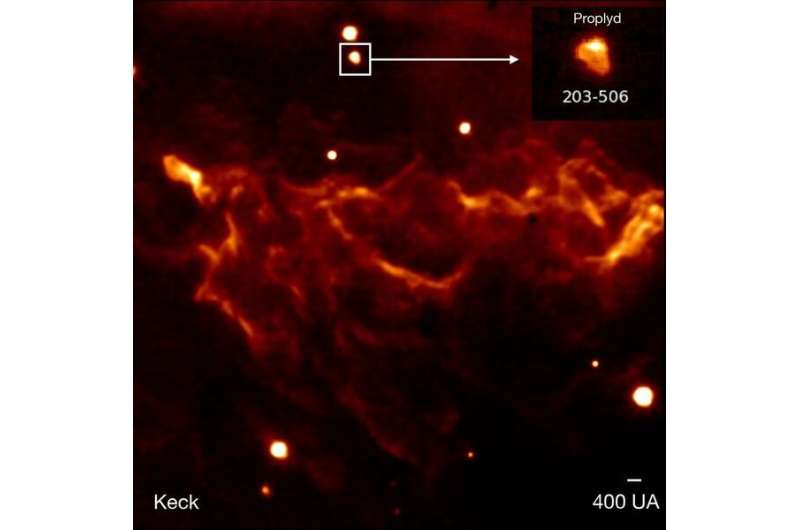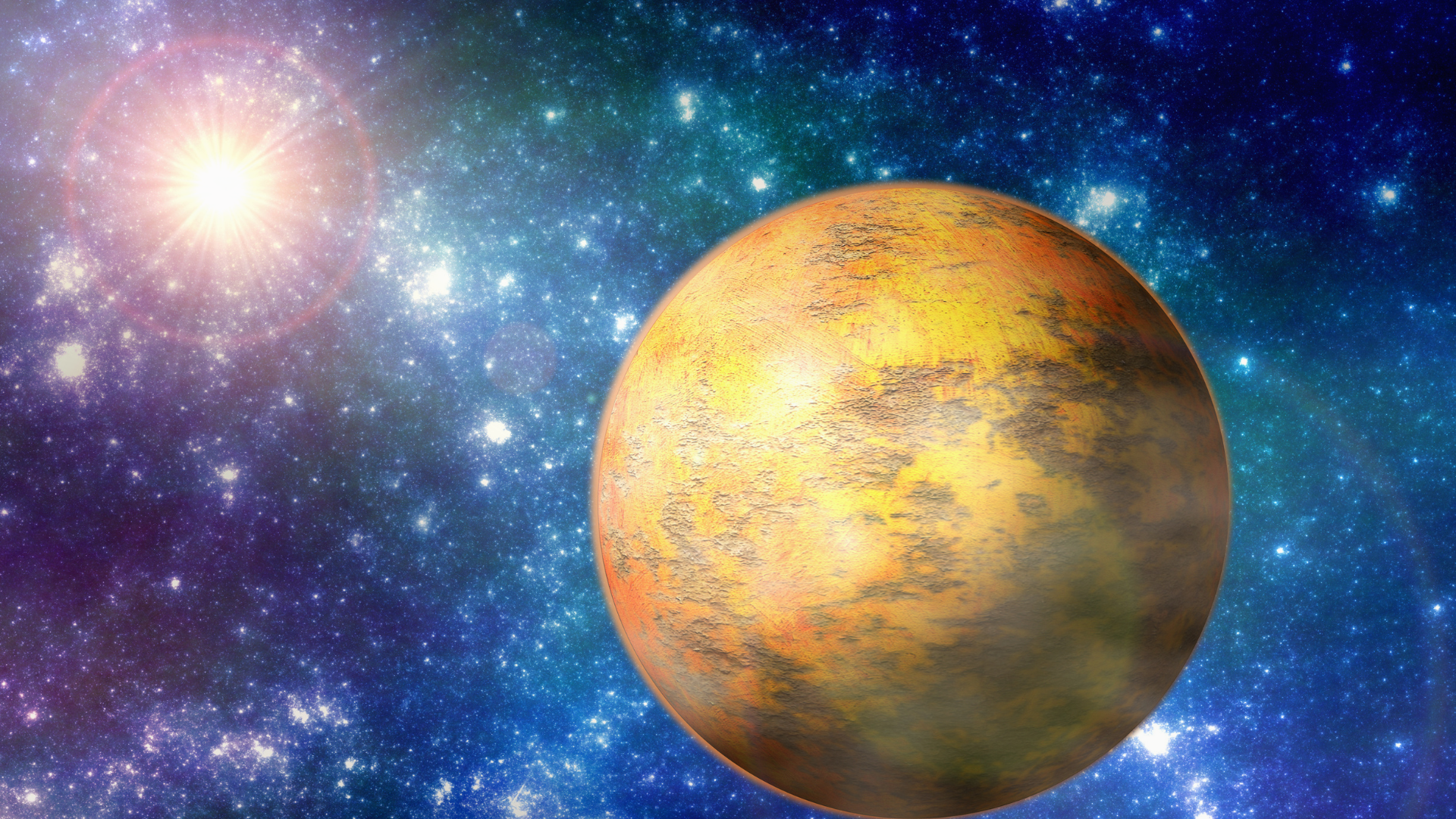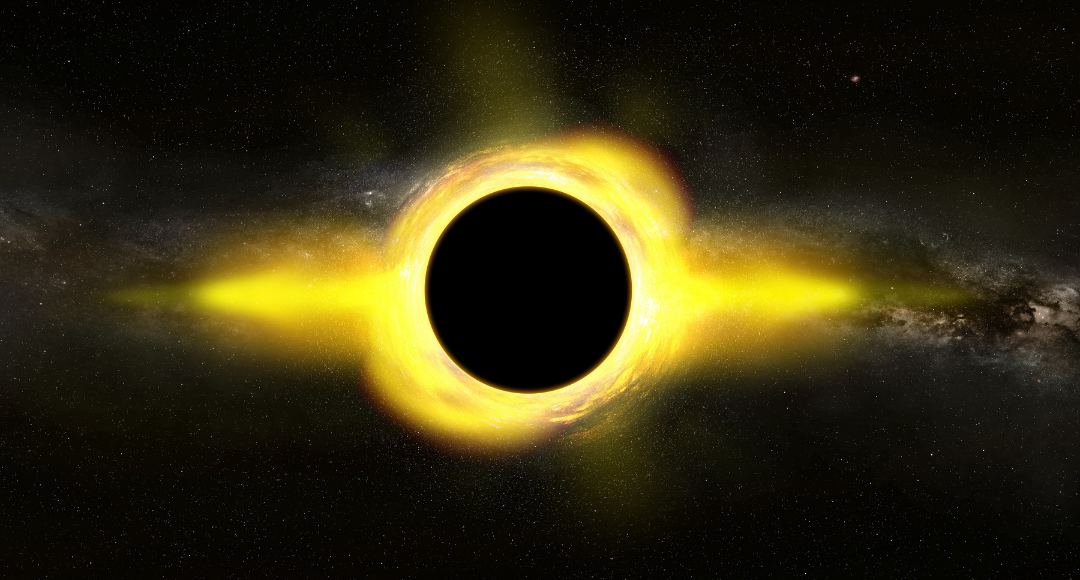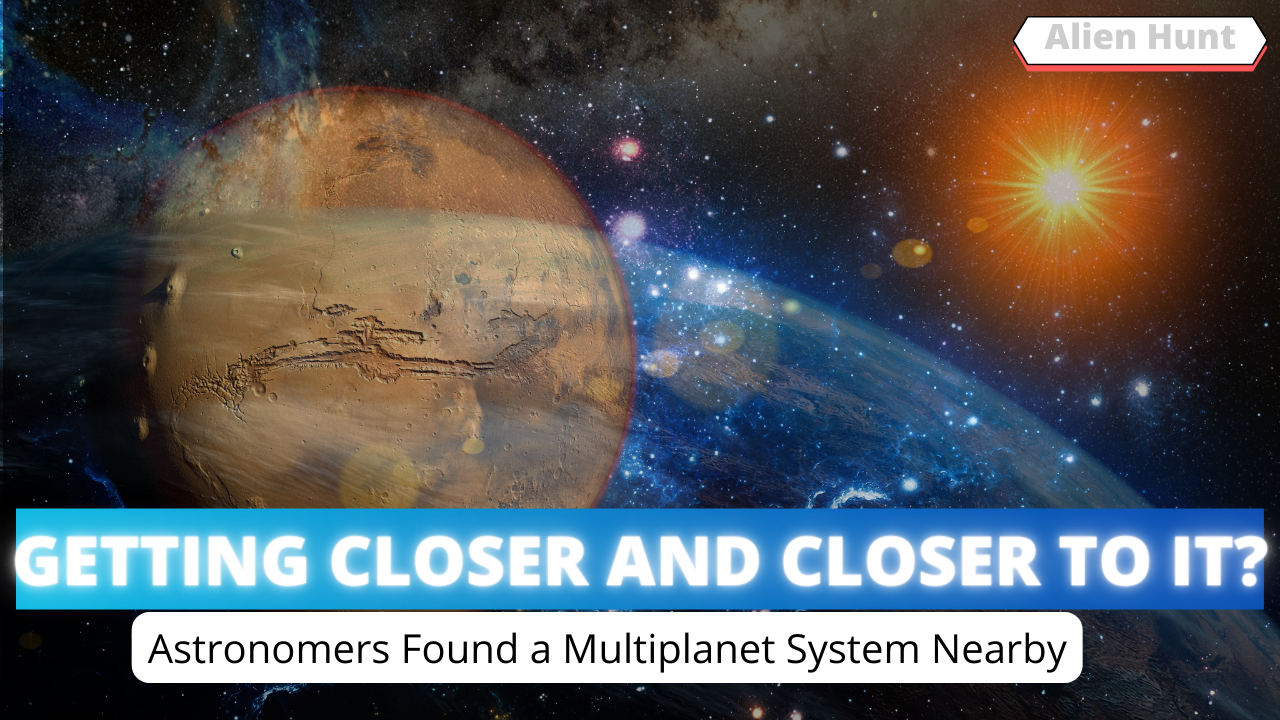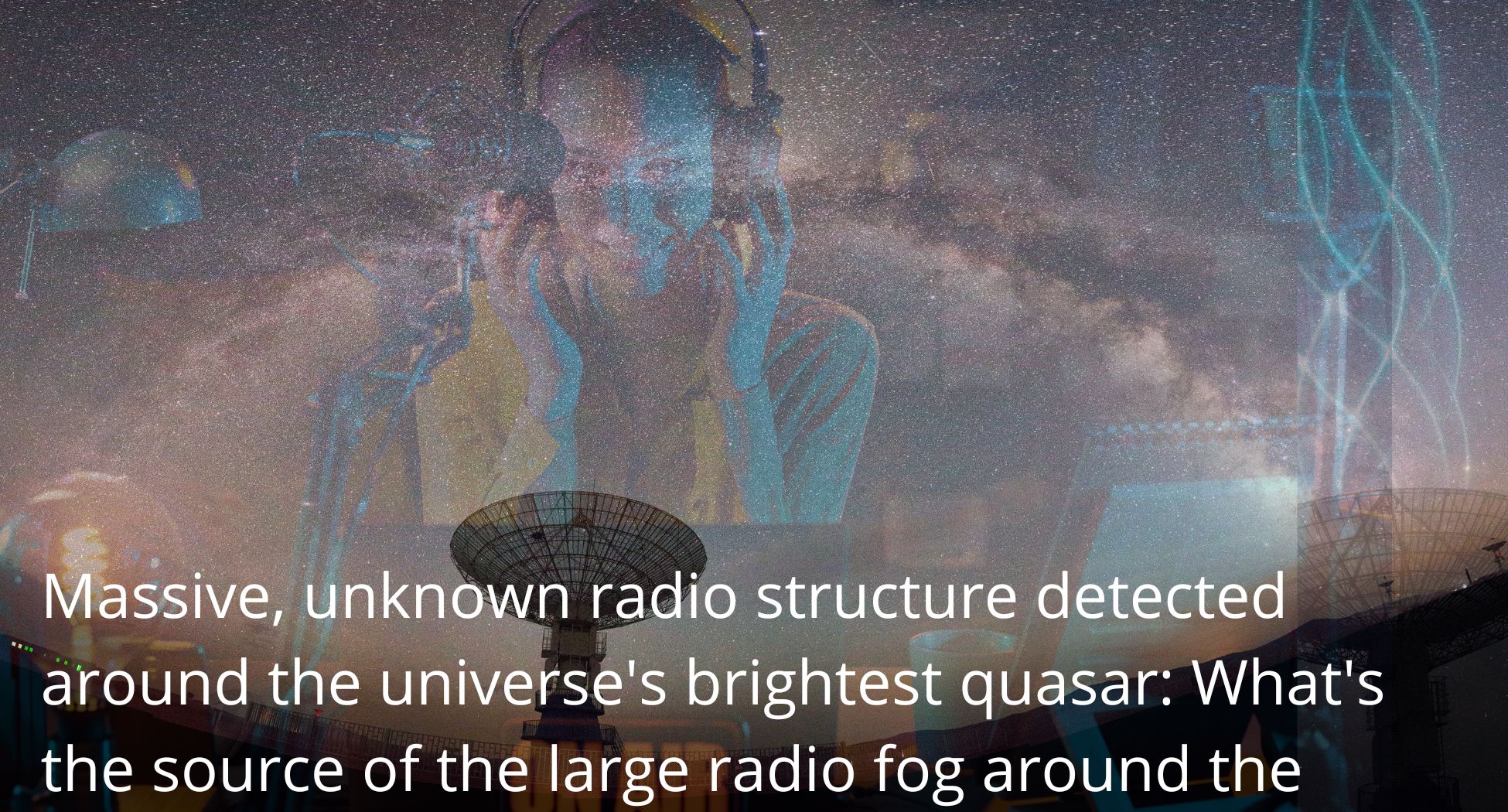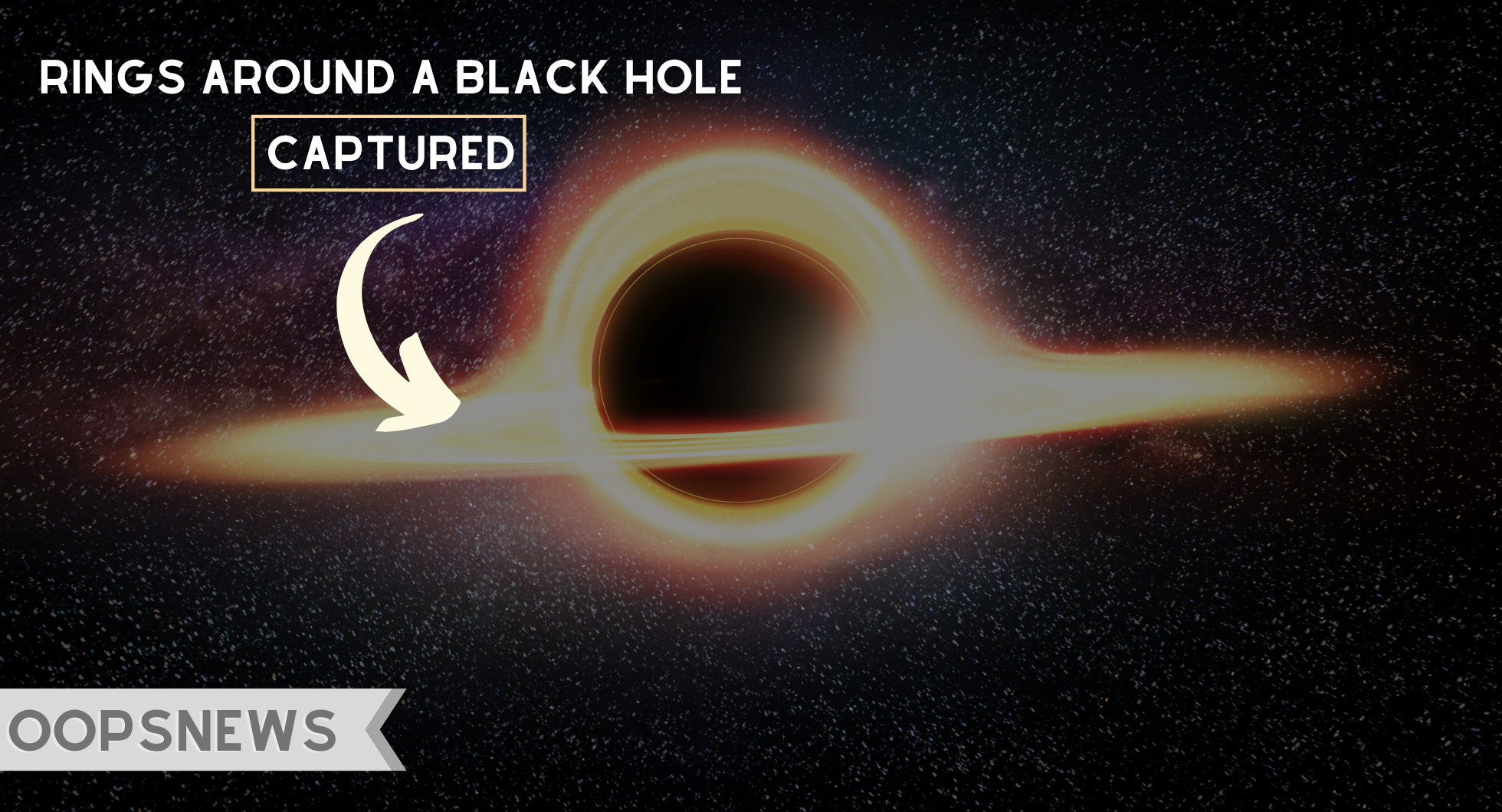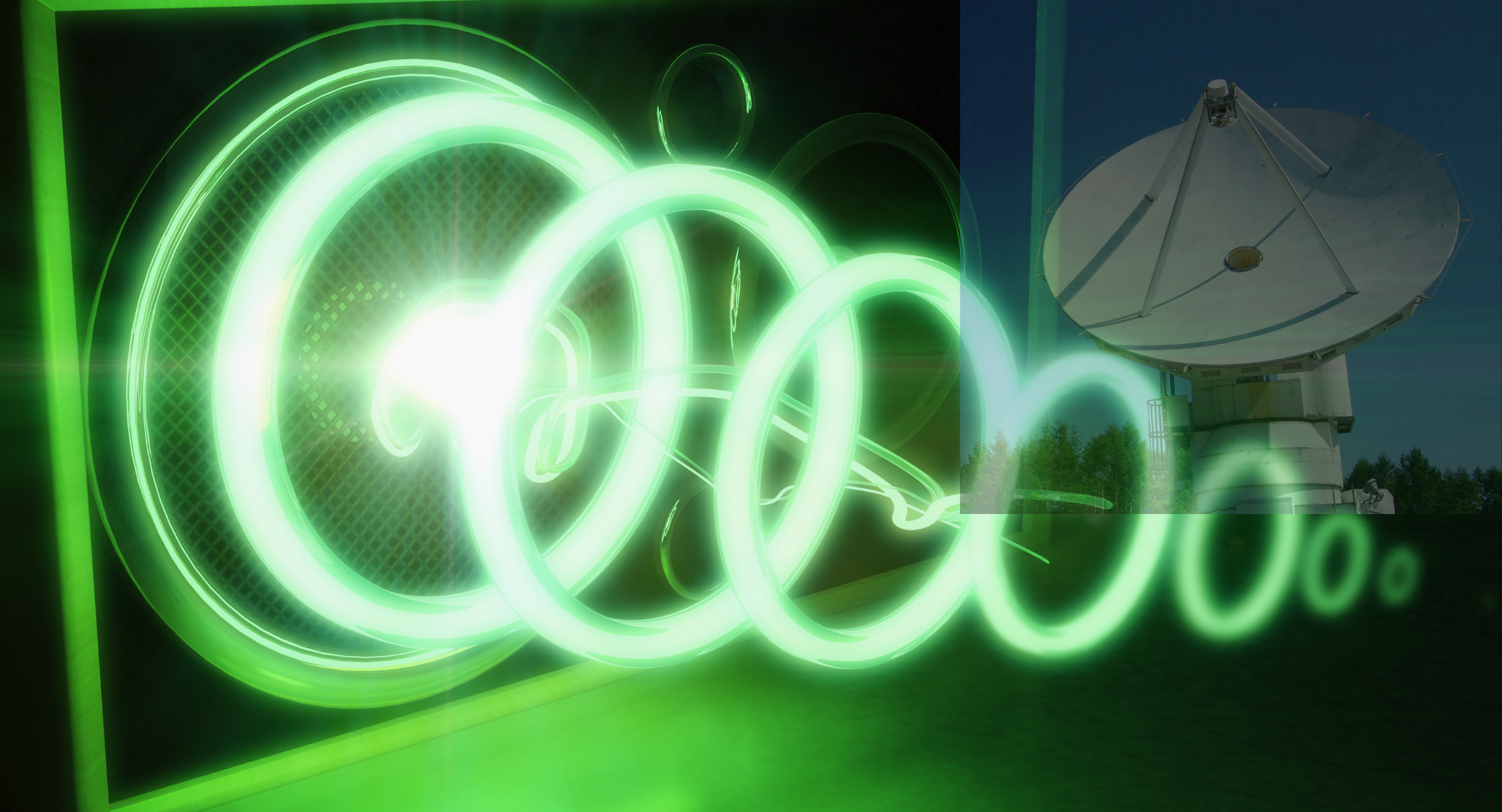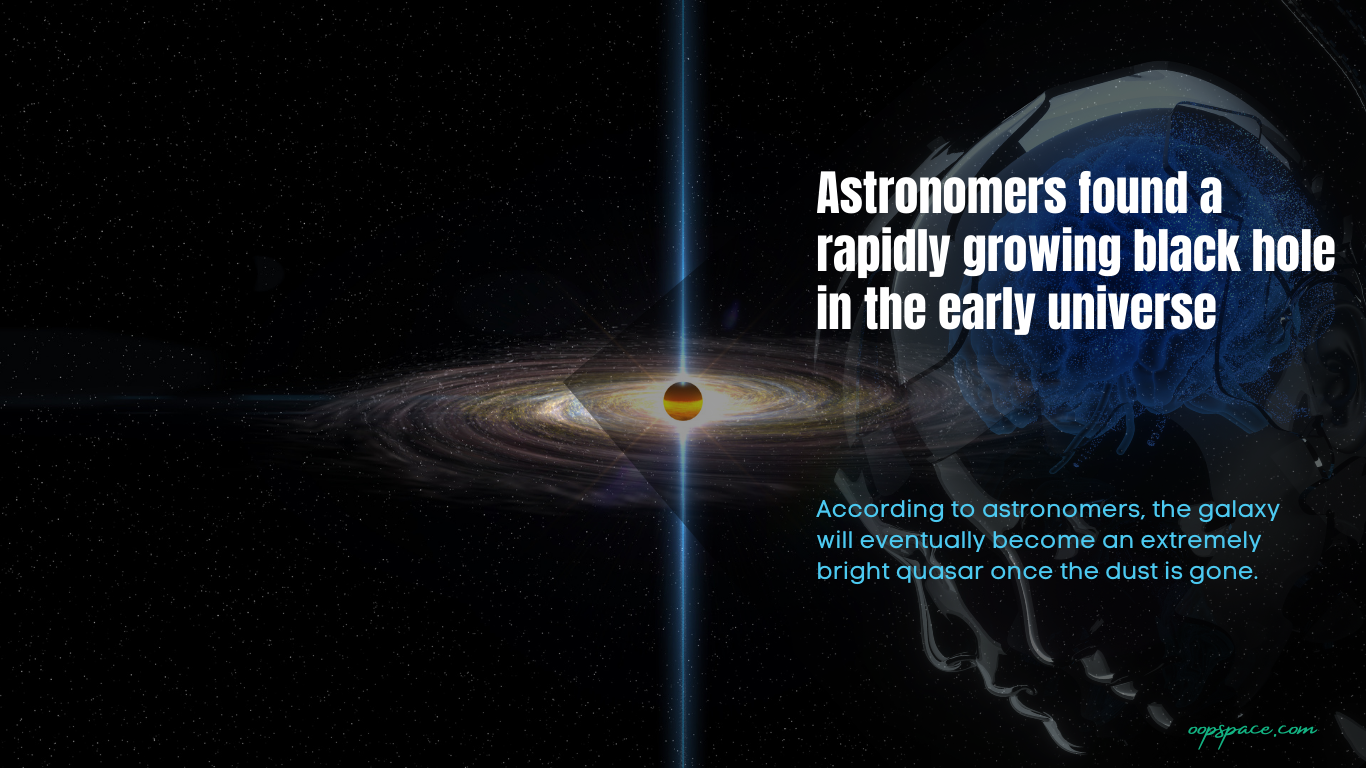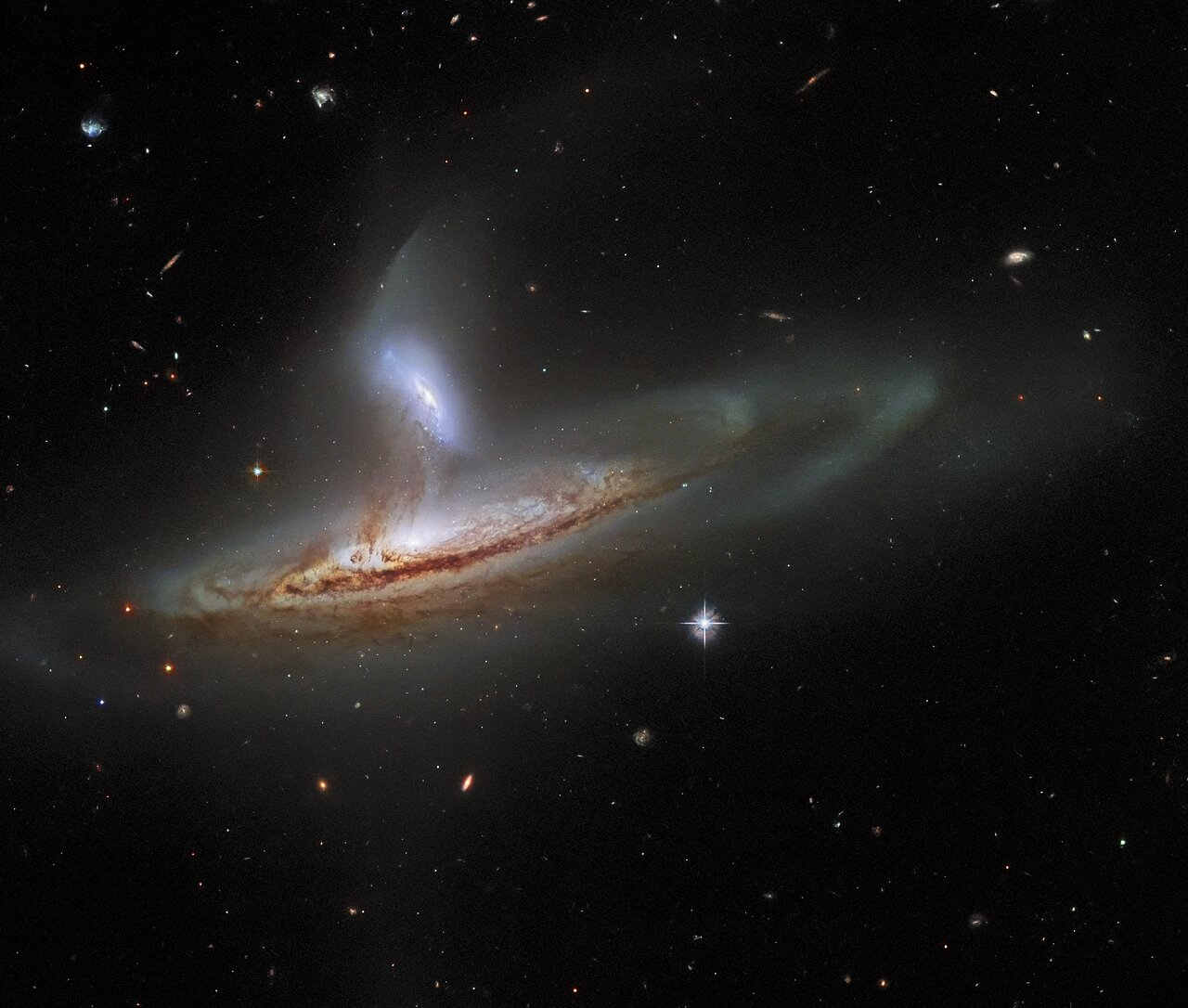While two of the Milky Way’s largest satellite galaxies, the Large and Small Magellanic Clouds, have spent billions of years orbiting one another as they are pulled in toward our home galaxy, a study, just published in Nature, has puzzled astronomers as to why these dwarf galaxies remain intact, with ongoing vigorous star formation.
Latest Findings
Deepening the mystery of the sources of these deep space phenomena, astronomers say they have detected a mysterious fast radio burst (FRB) signal from a binary system.
Because the Orion Nebula is the closest massive star formation region to us and may be similar to the environment in which our solar system was born, studying its PDR – the area that’s heated by starlight – is an ideal place to find clues as to how stars and planets are created.
Such a capability of detecting gases like CO2 around an exoplanet normally indicates that the Webb telescope has potential to find clues about alien life forms as well in the future.
It is not practical to produce two pairs of entangled photons simultaneously, according to Xi-Lin Wang. Instead, they used a single pair of photons that are entangled in two different ways: orbital angular momentum…
This newly found black hole has a mass at least nine times greater than our sun. It was detected in the Tarantula Nebula region of the Large Magellanic Cloud galaxy and is located about 160,000 light years from Earth.
Astronomers have observed a star, a white dwarf, that survived a supernovae explosion and emerged being still brighter than before. Located 108 million light years from Earth, this white dwarf is in a spiral galaxy called NGC 1309, about three quarters the size of our Milky Way. A light year...
Astronomers discover a new multi-planet system within our galactic neighborhood. The system lies just 10 parsecs, or about 33 light-years, from Earth. At the heart of the system lies a small and cool M-dwarf star, named HD 260655, and astronomers have found that it hosts at least two terrestrial, Earth-sized...
Astronomers have recently identified two large as well as mysterious objects blasting out of the brightest black hole in the known universe. The supermassive black hole 3C 273, which is a quasar, was discovered in a 1959 survey of cosmic radio-wave sources. The light emitted by these behemoths is bright...
One of the most mysterious objects for human beings, the concept of the black hole has always puzzled scientists. Using NASA’s Chandra X-ray Observatory and Neil Gehrels Swift Observatory, astronomers now say that an image of a huge, spectacular set of rings around a black hole has been captured. Part...
This detection of an intergalactic radio source of unknown origin, through a careful search in archival data and its subsequent follow-up activities, is a clear demonstration that the exploration of the radio sky is still rich of discoveries.
‘Black widow’ binary star is a system where a large dead star is orbited by a much smaller companion star. The closer the companion approaches, the brighter it shines, until it finally crashes onto the surface of its partner.
According to astronomers, the galaxy will eventually become an extremely bright quasar once the dust is gone.
One of the most awaited moment in the history of space telescopes, the James Webb Space Telescope is going to complete the first phase of the months-long process of aligning the observatory’s primary mirror using the Near Infrared Camera (NIRCam) instrument. According to NASA, the challenges to meet for the...
The Hubble Space Telescope, which has already contributed the human civilization with unprecedented approach to the outer space, has captured yet another cosmic view of an incredible three-dimensional-looking image of two interacting galaxies on the verge of a cosmic draw. The image has been released by the European Space Agency...

